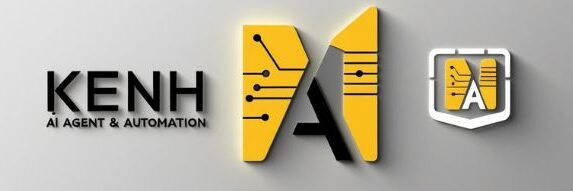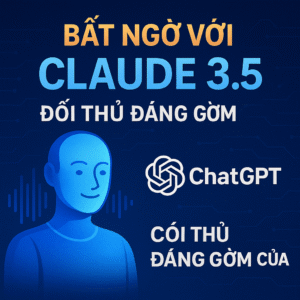Mastering MCP: The Secret to Scalable AI Operations
Introduction
As AI agents grow in power and complexity, coordinating them becomes the next big challenge. Enter MCP—Master Control Programs—the orchestration layer that makes scalable, intelligent operations possible. Just as operating systems manage software and hardware, MCPs manage AI agents, tools, workflows, and decision-making processes.
What is Mastering MCP?
MCP stands for Master Control Program, a term borrowed from early computing that’s making a resurgence in AI. In today’s ecosystem, an MCP is the brain behind:
Multi-agent systems
Workflow orchestration
Context and memory management
API and tool integration
Task prioritization and error handling
Think of it as the conductor of an AI orchestra, where each musician is an agent with a unique skill.
Key Components of MCP Architecture
1. Agent Registry & Dispatch Layer
Tracks available agents and matches them to tasks (e.g., CrewAI, LangGraph, AgentVerse).
2. Task Routing & Planning Engine
Decides the optimal execution plan—sequential or parallel—based on logic and rules.
3. Memory Store & Context Management
Manages shared memory using tools like Pinecone, Redis, or Milvus.
4. Tool Integration Framework
Executes external calls (APIs, RPA actions, databases) via modular toolkits.
5. Observation & Feedback Loop
Monitors agent actions, errors, retries, and performance for continuous improvement.
Real-world Applications
AI Call Centers: MCP coordinates inbound queries, routes to AI agents, and escalates based on sentiment or urgency.
Marketing Automation: From copywriting to scheduling, agents collaborate under MCP logic.
Developer Toolchains: One agent writes code, another tests it, another deploys—all under MCP orchestration.
E-commerce: MCP governs chatbots, pricing AI, inventory forecasting, and upsell engines in harmony.
Case Study: MCP in Customer Support Automation
Client: Global SaaS platform
Challenge: High volume, multilingual support requests
Solution:
MCP dispatches agents for classification, knowledge base search, sentiment analysis, and response.
If unresolved, it escalates to a human with full context.
Result:
60% faster resolution time
35% reduction in human agent load
Seamless agent collaboration across tasks
Challenges and Considerations
🧩 Integration Complexity
Connecting LLMs, tools, agents, and data sources requires deep planning.
🕸️ Coordination Overhead
Too many agents = chaos without proper planning, fallback logic, or timeout control.
🧠 Prompt Engineering Fatigue
MCPs need modular, reusable prompts that adapt across workflows.
🔐 Security and Audit Trails
MCPs must handle permissions, logs, and data access securely and compliantly.
Future Outlook
By late 2025, MCP frameworks will become:
No-code friendly, enabling business teams to orchestrate agents visually
Plug-and-play, with agent marketplaces and template libraries
Natively multi-agent, built for reasoning, planning, and dynamic role assignments
Self-optimizing, using feedback loops to improve task flows autonomously
We’re heading toward an era where MCPs will be as essential as operating systems in managing digital labor.
Conclusion
Mastering MCPs is the next step in operationalizing AI at scale. By acting as the central intelligence between agents, data, and action, they unlock the full potential of AI workflows—without drowning in complexity.
🚀 Want to Master AI Tools?
Join our recommended AI Mastery Course and start building your own AI agents and control systems today.

